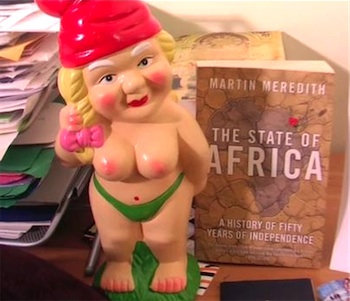On one of my recent visits to NSW Parliament House on Macquarie Street the security guard who X-rayed my bag noted that while it contained plenty of Apple kit, such as my MacBook Pro, I carried a Nokia phone rather than an iPhone. “That’s because I haven’t drunk the Kool-Aid,” I replied. “Plus they’re all just tools for a job.”
Many people do seem to choose their devices more through brand identity than practical value. I was going to write more about that, but that renowned bastard Stephen Fry has beaten me to it. It’s all about sexual display.
When two businessmen drop down in neighbouring aeroplane seats and each gets out a smartphone an electricity will crackle between them like that between two sexually heated adolescents whose thighs have accidentally touched in the backseat of the school bus. If one businessman fishes from his shirt pocket a BlackBerry while the other gets out an iPhone a whole range of complex thoughts will begin to boil in the brains of each: resentment, contempt, insecurity and irritation are merely the emotions bubbling closest to the surface: deep down, dark and primal forces stir. We do not possess antlers, horns or tusks, we cannot display fans of feather or manes of fur, the best we can do is express our personality, aspirations, beliefs, outlook, sexual potency, status, right to breed and place in the hierarchy through the choices we make in our possessions: and no possession, here in the early part of the twenty-first century, speaks quite so loudly as our smartphone. Once upon a time it was our motorcar and in the future it may well be a robot, a rocket-pack or a hoverpenis that defines us, but for the moment it is, for good or ill, a smartphone.
Many women reading this will detect that the foregoing is an issue almost entirely for males, who remain the prime sufferers in this kind of tribal status war. My suspicion is that women are, if not immune, far less emotionally bound up in the business than men. I may be wrong and welcome clarification either way on this point.
I do realise that quoting Stephen Fry doesn’t make up for writing an original piece, but at least it means I’m trying to keep up to date with my writing.



